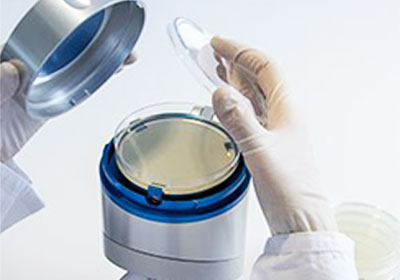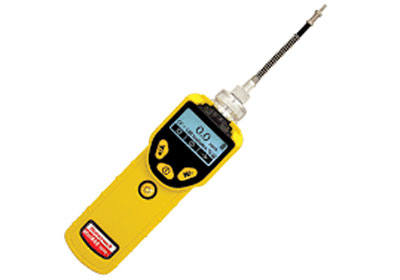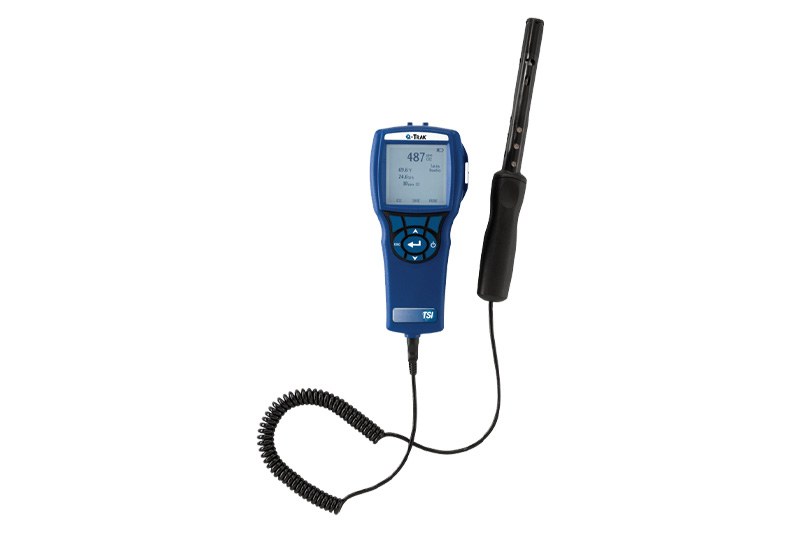
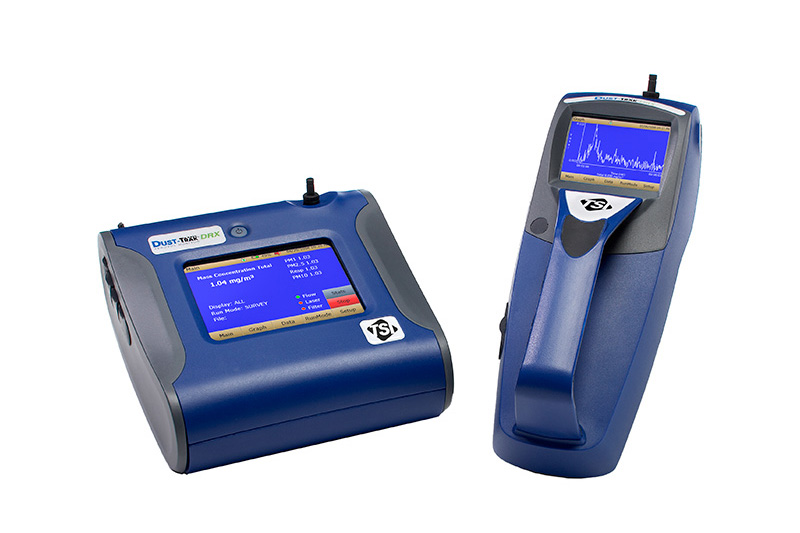
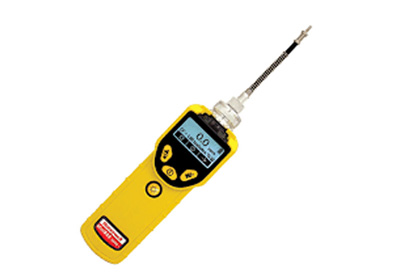
Indoor Air Quality Testing & Air Monitoring Sydney, NSW
Indoor Air Quality Testing
- Dusts
- Metals
- Diesel Particulate Matter
- Environmental Tobacco Smoke
- Welding Fumes
- Nitrogen dioxide
- Sulfur dioxide
- Microbiology
- Acid mists
- Volatile Organic Compounds (VOC's)
- Semi-Volatile Organic Compounds (SVOC's)
- Polychlorinated biphenyls (PCB's)
- Polycyclic Aromatic Hydrocarbons (PAH)
- Phenols
- Carbon Monoxide (CO)
- Formaldehyde (CH2O)
- Hydrogen Sulfide (H2S)
- Chlorine (Cl)
- Ammonia (NH3)
- Hydrogen Fluoride (HF)
- + more
Enviro Corp air quality consultants are your specialists for indoor air quality testing in Sydney. Call 1300 980 612 to discuss indoor air quality. Enviro Corp can provide indoor air testing services with NATA calibrated equipment in accordance with WorkSafe Australia’s Workplace exposure standards for airborne contaminants 2022, the International WELL Building Institute, WELL Performance Rating, Green Building Council Australia, Greenstar rating and the National Australian Built Environment Rating System, NABERS Indoor Environment Rating. Call 1300 980 612 for an obligation free proposal.
- Direct measurement using direct reading instruments and continuous monitoring
- Active Sampling and laboratory analysis
- Passive Sampling and laboratory analysis
- Australian Standards
- ISO Standards (International Organization for Standardization)
- NIOSH (National Institute for Occupational Safety and Health)
- OSHA (Occupational Safety and Health Administration)
Enviro Corp our air testing company provides indoor air testing services, commercial air quality testing and office air testing, professional air quality testing, IAQ testing, workplace air testing, air quality monitoring, office air testing and independent air quality testing services for all types of buildings. This includes:
- Offices
- Hospitals
- Schools
- Factories
- Shopping Centres
Office Air Quality Testing, Professional Indoor Air Quality Testing
Our air quality consultant professionals have over 15 years of experience in testing indoor air quality office and can prepare you an expert scientific report as well as being available as an expert witness. Enviro Corp uses only high-quality National Association of Testing Authorities Australia (NATA) calibrated equipment and professional laboratory analysis. A final scientific air quality report is prepared by qualified and senior scientists.
Get in touch now with an air quality consultant in Sydney to test air quality in office and for an affordable and professional service. Our indoor air quality specialist will assist your office air quality tests, reach out now and request a quote by filling in our contact form or by calling today.
The most common parameters we test for in commercial air testing are:
Carbon Dioxide (CO2), Carbon Monoxide (CO), Temperature, Relative Humidity, Particulate Matter (PM10 & PM2.5), Bioaerosols (airborne bacteria & mould), and Volatile Organic Compounds (VOC’s). More information can be found on the links below. Please fill our contact form for an obligation free quote.
Call us now on 1300 980 612 or complete the form below
Drop us a few lines with your query and one of our specialists will get in touch with you.
What we measure in Baseline Indoor Air Testing Services when Testing for Air Quality
- Carbon Dioxide (CO2)
- Carbon Monoxide (CO)
- Temperature
- Relative Humidity
- Particulate Matter (PM10 & PM2.5)
- Bioaerosols (airborne bacteria & mould)
- Volatile Organic Compounds (VOC’s)
List of other air pollutants that can be included in Air Monitoring Services
There are many major indoor air pollutants that can be tested for in an independent indoor air testing regime, such as:
- Ozone (O3)
- Nitrogen Dioxide (NO2)
- Nitric Oxide (NO)
- Sulfur Dioxide (SO2)
- Ammonia (NH3)
- Chlorine (Cl)
- Hydrogen Sulfide (H2S)
- Formaldehyde (CH2O)
- Environmental Tobacco Smoke (ETS)
- Asbestos
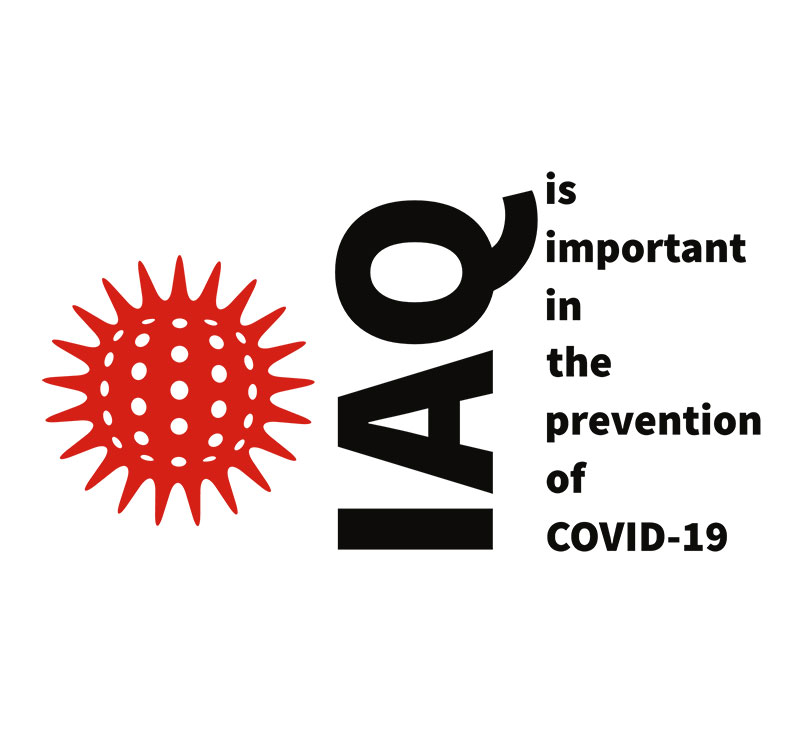
Testing for Air Quality – What are the Health Effects of Poor Indoor Air Quality?
Some health effects may show up shortly after a single exposure or repeated exposures to a pollutant. These include irritation of the eyes, nose, and throat, headaches, dizziness, and fatigue.
The likelihood of immediate reactions to indoor air pollutants depends on several factors including age and pre-existing medical conditions. In some cases, whether a person reacts to a pollutant depends on individual sensitivity, which varies tremendously from person to person.

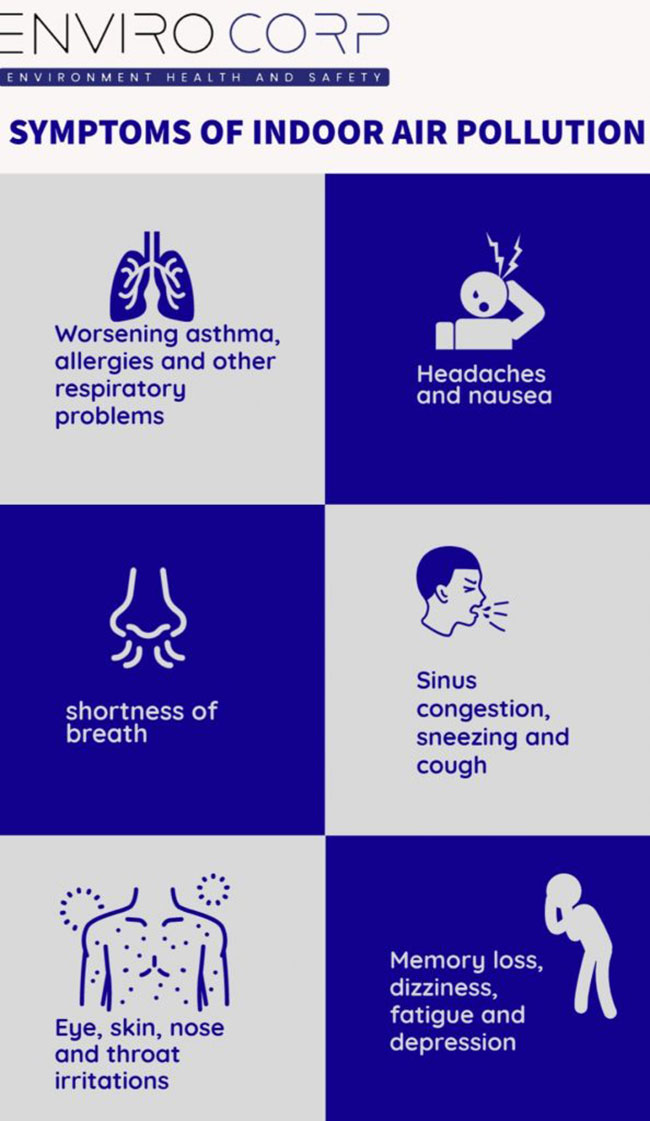
Other health effects may show up either years after exposure has occurred or only after long or repeated periods of exposure. These effects, which include some respiratory diseases, heart disease and cancer, can be severely debilitating or fatal.
There are times when there are multiple complaints to by building occupants and this is a specific term called ‘Sick Building Syndrome’ (SBS). In this instance testing for air quality is of great importance.
Common Indoor Air Pollutants when Testing for Air Quality
Carbon Dioxide (CO2)
Carbon Dioxide is a colourless, odourless gas produced by respiration indoors. Occupants may experience health effects in buildings where CO2 is elevated. At high levels, the carbon dioxide itself can cause headache, dizziness, nausea and other symptoms.
Carbon Monoxide (CO)
Carbon Monoxide is a colourless, odourless toxic gas that can enter the indoor space as a result of vehicle exhaust emissions, environmental tobacco smoke and outdoor air pollution.
At low concentrations health effects include, fatigue in healthy people and chest pain in people with heart disease. At higher concentrations, impaired vision and coordination; headaches; dizziness; confusion; nausea. Carbon Monoxide is fatal at very high concentrations.
Particulate Matter (PM)
Particulate matter (also referred to as PM or particle pollution) is a complex mixture of solid and/or liquid particles suspended in air. These particles can vary in size, shape and composition.
Indoor PM levels have the potential to exceed outdoor PM levels. Small particles (less than 10 micrometers in diameter) can get deep into your lungs, and some may even get into your bloodstream.
People with heart or lung diseases such as coronary artery disease, congestive heart failure, and asthma or chronic obstructive pulmonary disease (COPD), children and older adults may be at greater risk from PM exposure.
Scientific studies have linked PM exposure to a variety of health impacts, including:
- Eye, nose and throat irritation;
- Aggravation of coronary and respiratory disease symptoms; and
- Premature death in people with heart or lung disease.
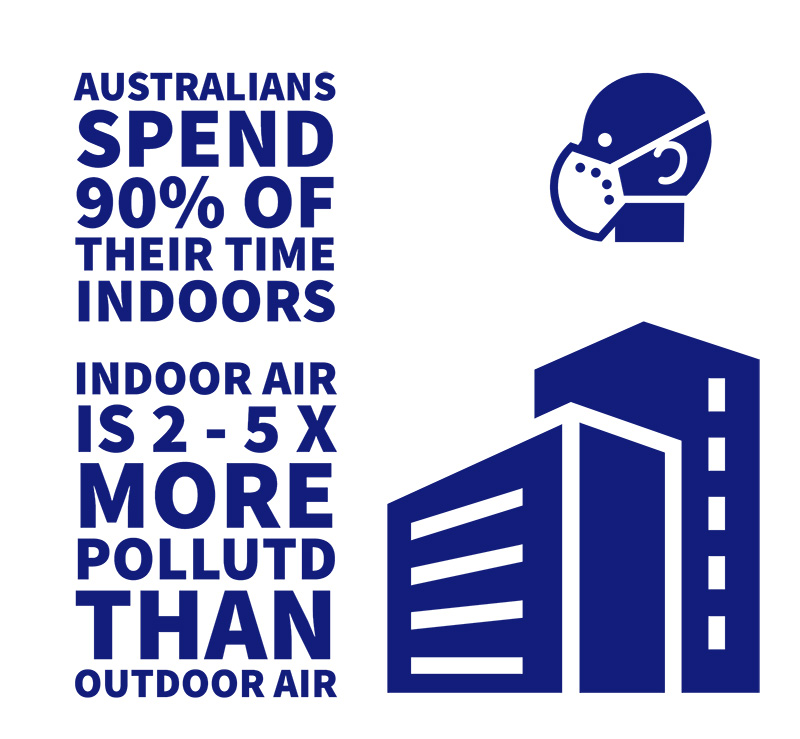
Airborne Contaminants
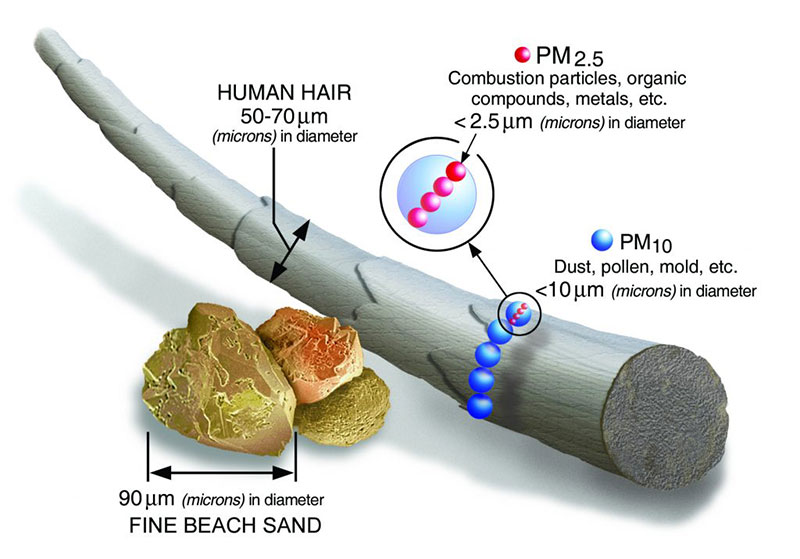
Particulate Sizes

Airborne Mould
Bioaerosols
Mould may grow indoors in wet or moist areas lacking adequate ventilation, including walls/ wallpaper, ceilings, tiles, carpets, insulation material and wood. If moisture accumulates in a building mould growth will often occur. Many different types of mould exist and all have the potential to cause health problems.
In order to reproduce, mould produces tiny particles called spores. Spores are carried in the air and may cause health problems if inhaled by people who are sensitive or allergic to them. These include a running or blocked nose, irritation of the eyes and skin and sometimes wheezing.
Occasionally, people may have more severe reactions. People may develop a mould infection, usually in the lungs. For people with asthma, inhaling mould spores may cause an asthma attack.
IAQ Testing – Mould
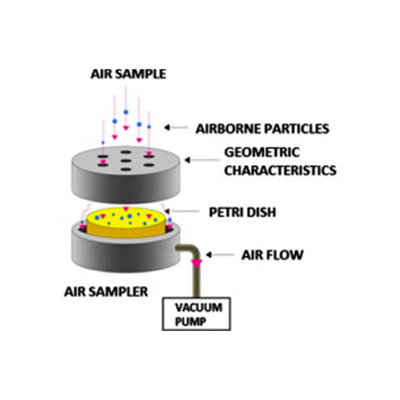
Air Impaction
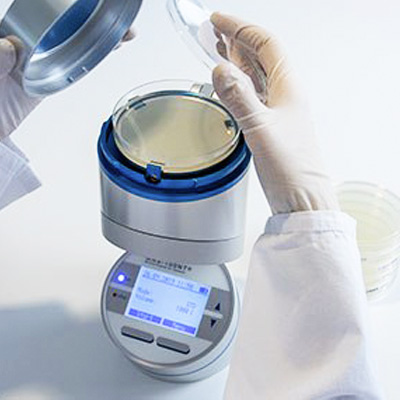
Viable Air Monioring
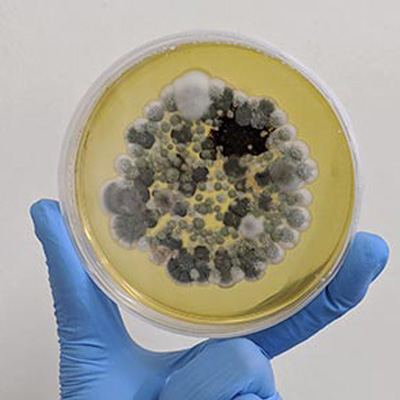
Airborne Mould
VOCs include a variety of chemicals, some of which may have short- and long-term adverse health effects.
Sources of VOC’s include building materials and furnishings, office equipment such as copiers and printers, correction fluids and carbonless copy paper, graphics and craft materials including glues and adhesives, permanent markers and photographic solutions.
- Eye, nose and throat irritation
- Headaches, loss of coordination and nausea
- Damage to liver, kidney and central nervous system
- Some organics can cause cancer in animals, some are suspected or known to cause cancer in humans.
Health effects may include:
Ozone (O3)
Ozone is a toxic substance commonly found or generated in human environments (offices with photocopiers, laser printers).
Ozone in the indoor environment can be a major factor affecting the occupants’ health. Ozone has been shown to affect the respiratory, cardiovascular and central nervous system.
Formaldehyde (CH2O)
Formaldehyde is an important chemical used widely by industry to manufacture building materials and numerous household products.
It may be present in substantial concentrations indoors. Formaldehyde can cause irritation of the skin, eyes, nose and throat. High levels of exposure may cause some types of cancers.
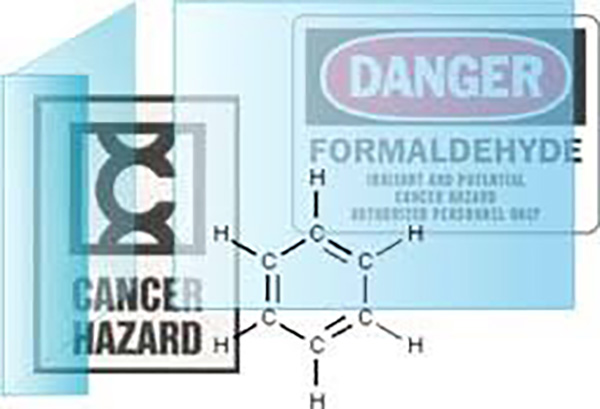
Formaldehyde Testing

VOC Testing
Environmental Tobacco Smoke (ETS)
Secondhand smoke is a mixture of the smoke given off by the burning of tobacco products, such as cigarettes, cigars or pipes and the smoke exhaled by smokers.
Secondhand smoke is also called environmental tobacco smoke (ETS). Exposure to secondhand smoke is sometimes called involuntary or passive smoking.
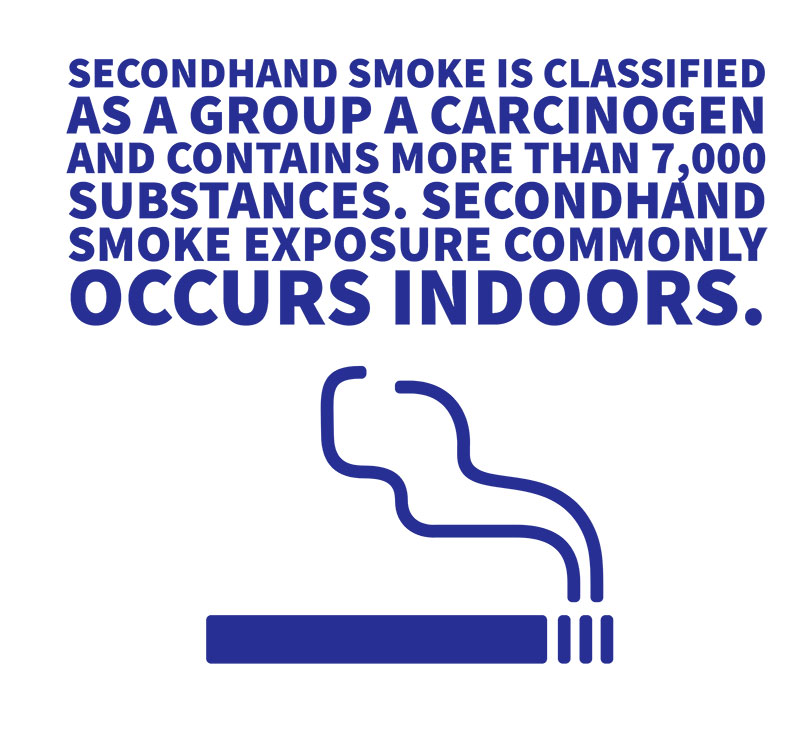
Independent Air Quality Testing
Professional Air Quality Testing
Independent Air Quality Testing

Office Air Testing
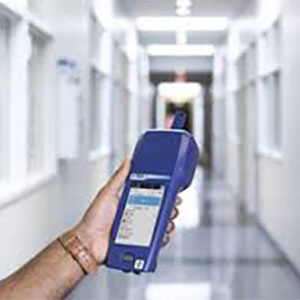
Hospital Air Testing
Workplace Air Quality Testing | Office Air Quality Monitoring
- Indoor air quality testing for offices
- Indoor air quality testing for schools
- Indoor air quality testing for commercial buildings
Enviro Corp is one of the office air quality testing companies that offers once-off or routine indoor air testing services, by professional air quality consultants and expert reports. We can also keep track of your workplace and remind you of your next testing date so you don’t have to. If you require testing for air quality and want to request your obligation free IAQ Testing proposal please contact us now.
Go back to all Enviro Corp Health and Safety Services.
IAQ Frequently asked questions:
The 4 major indoor air pollutants are Carbon Monoxide, Particulate Matter (PM10 and PM2.5), Nitrogen Dioxide (NO2), and Ozone (O3)
Yes. Short term symptoms of poor air quality may include irritation of the skin, eyes and throat, headache and drowsiness. Long term symptoms such as cancer and respiratory disease may be caused by long term, periodic exposure to chemicals such as formaldehyde and microscopic fibres such as asbestos.
IAQ Testing is Indoor Air Quality Testing for air contaminants.


